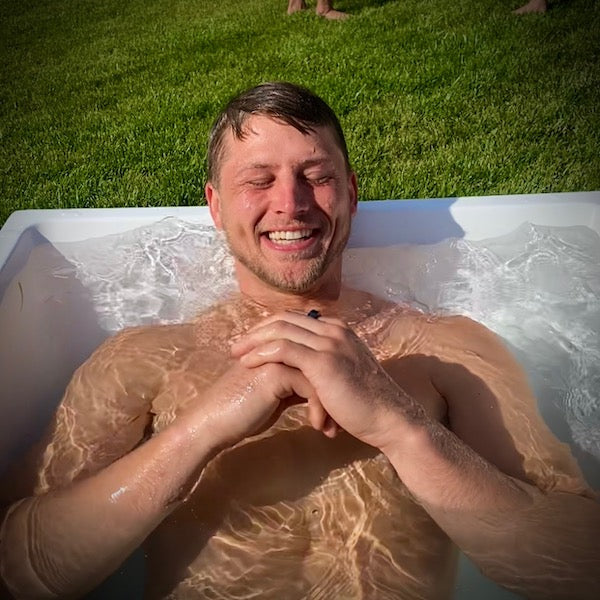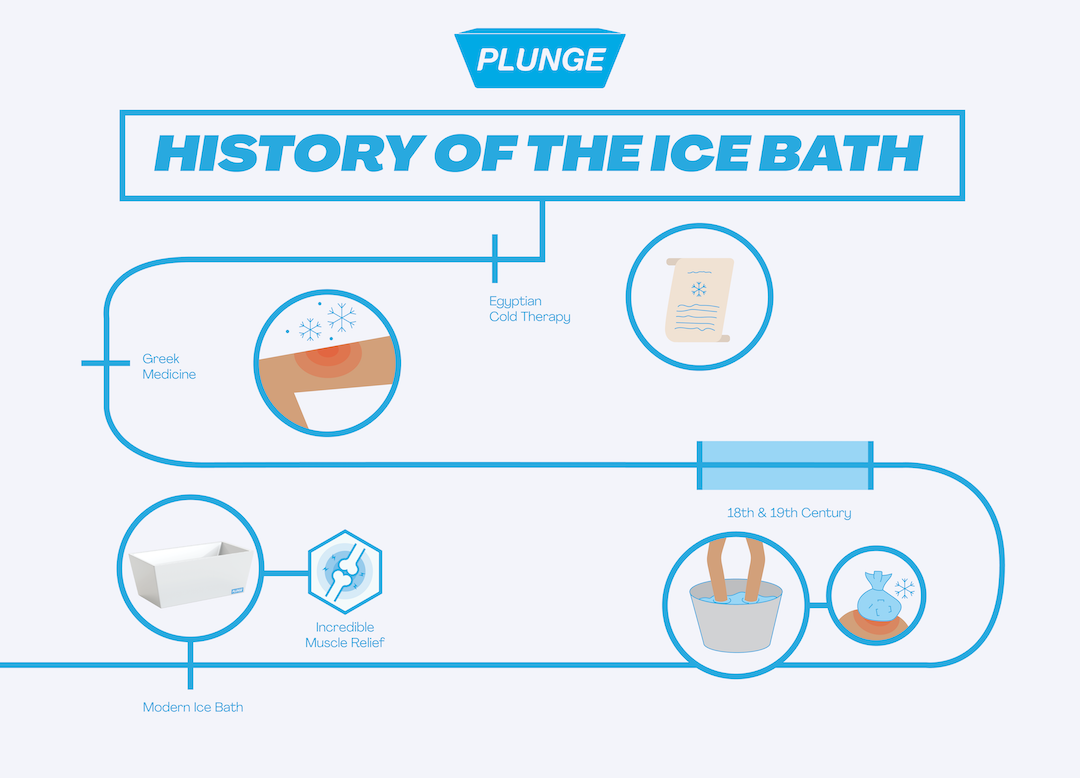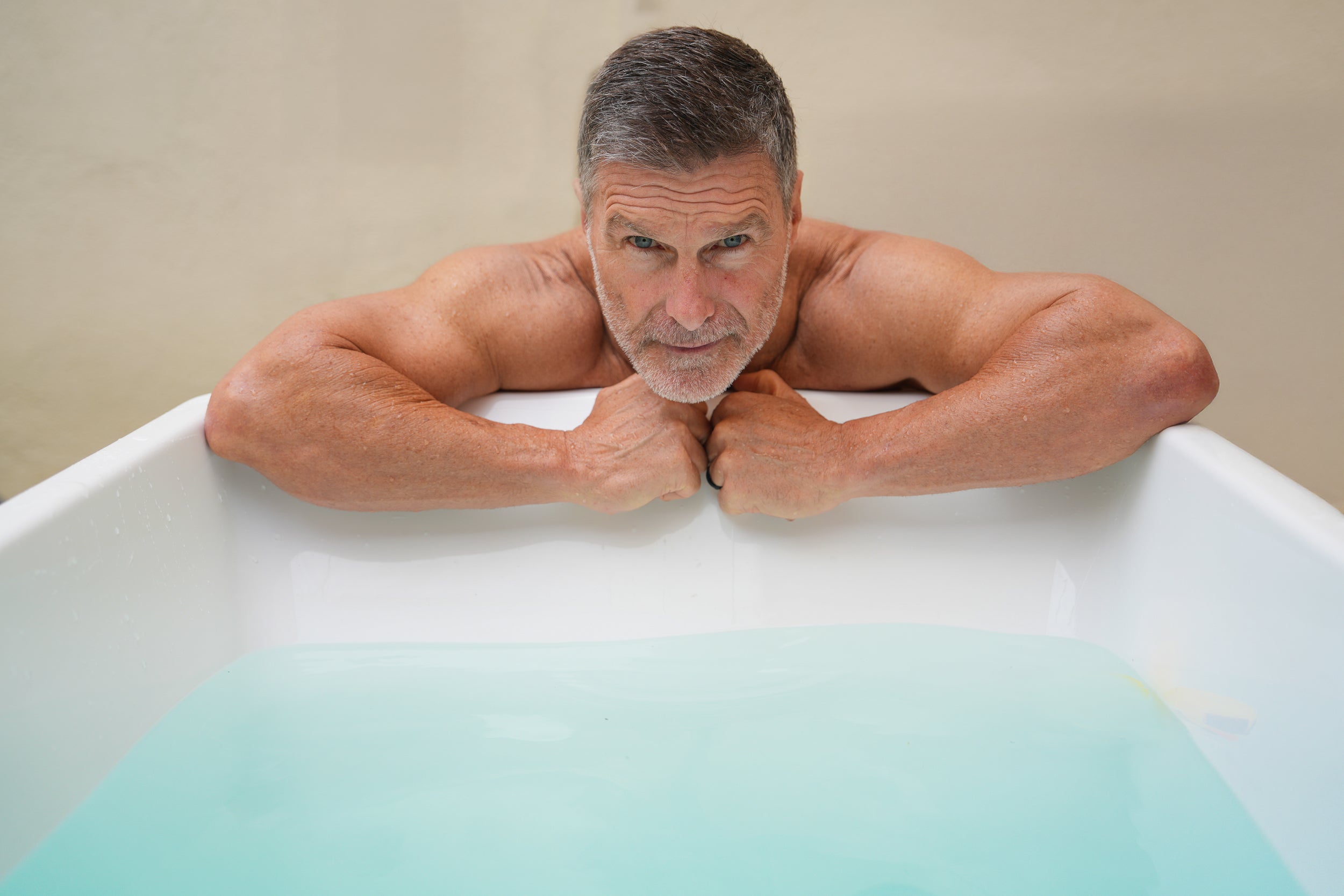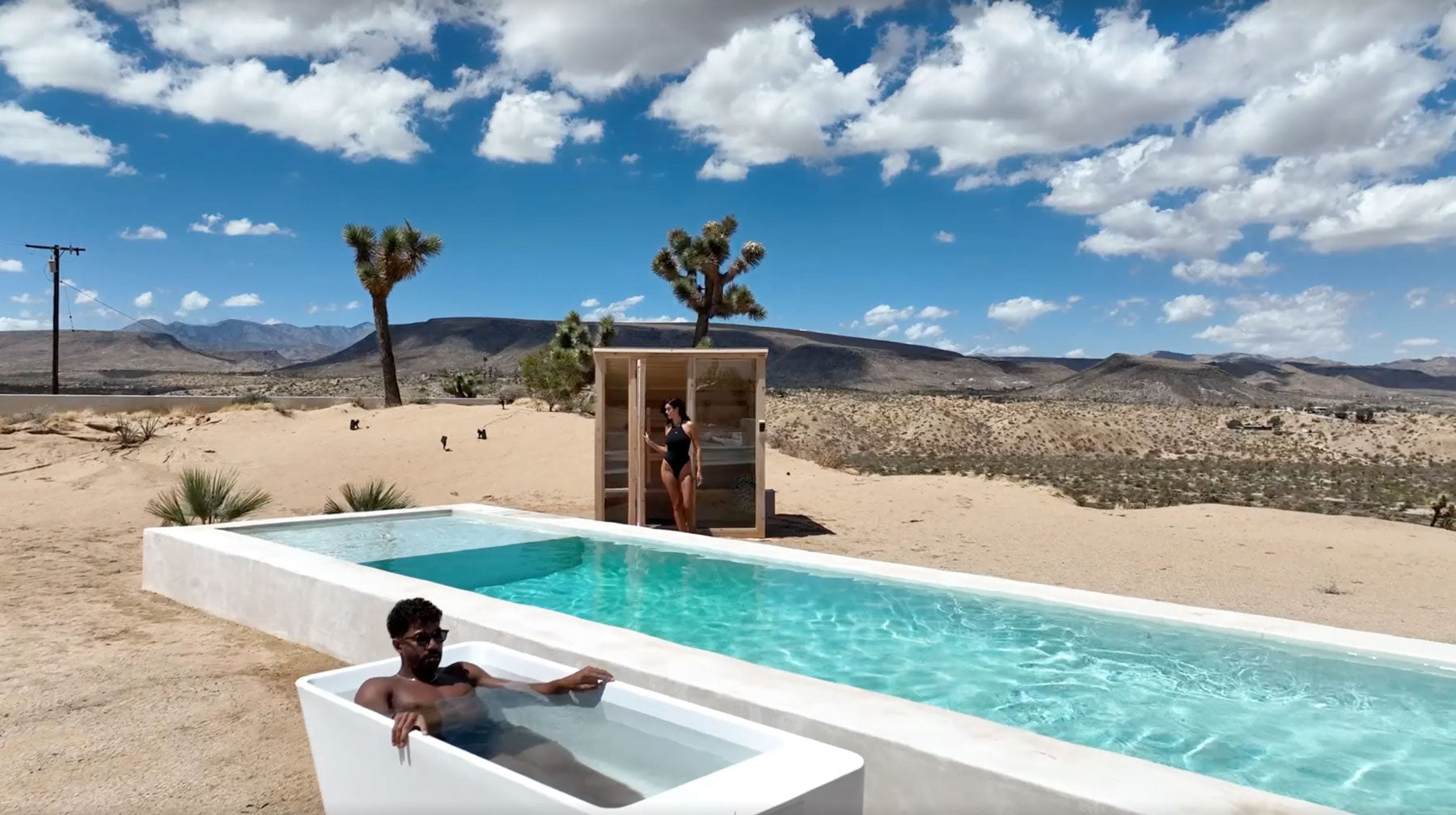
HISTORY OF ICE BATHS
In recent years, athletes and non-athletes alike have made ice bathing into a sort of cultural phenomenon. This newfound popularity on the subject has led to an increasing number of studies and research centered around the topic as we try to discover the full benefits of a hearty cold plunge. While these studies will undoubtedly uncover valuable information for our present era of time, it may also be worth looking far into the past for answers.
Though it may seem like a relatively modern trend, the invention and history of ice bathing goes back through centuries and across cultures, leaving a sort of trail of breadcrumbs throughout history. From Ancient Egypt to the modern-day Olympic athletes, cold water has played a prominent part in humanity, filling many roles.
This article will take you through some of the most influential historical uses of ice baths, as well as how these theories have been adopted into what we know today as cold water therapy, cold plunging, and ice baths!
Where Did Ice Baths Originate?
The origin of ice bathing is the subject of speculation, with claims from many different eras of history. However, cold water therapy could not have developed without first learning about the medical and physical benefits of cold in general. In particular, early Ancient Egyptian and Greek theories gave a great starting point for the evolution of cold therapy.
Egyptian Cold Therapy
The journey to modern ice baths begins around 3,500 BCE, in one of the earliest known medical treatises, the Edwin Smith Papyrus.

Cold Water History in Ancient Greece
Jumping forward in the cold plunge history timeline and to a different continent, we find an equally influential theory developed by Hippocrates in Ancient Greece. His theory centers around the idea of “humors,” or particular liquids within the body, that control a person’s health. A disease occurred when these liquids were out of balance, and among the various treatments he proposed, cold played a significant factor.
Cold water would be prescribed for high fevers, and snow was used on open wounds to stop the bleeding. Though his theories are a far cry from our modern understanding of health, he helped spark more of an interest in cold as medicine.
History of Cold Water Therapy in the Renaissance Era
It wasn’t until the 16th and 17th centuries that water baths came into style, and even then, cold baths weren’t very common. During this era, personal hygiene became a point of emphasis for many cultures, which led to the creation of “spa towns” and “bath towns.” These areas became a hot destination, as the waters were said to have healing powers.
The New “Ice Age”
However, cold bath usage changed around the 18th and 19th centuries. In the 18th century, ice-cold water started creeping its way into medicine. Notably, William Cullen, a Scottish physician in the early 18th century, began to prescribe various levels of cold water immersion to treat different ailments in the body. These cold baths could be any size, from full-body to foot-sized. Meanwhile, a French army surgeon named Baron de Larrey began to pack limbs in ice before amputation to numb the pain and make the treatment more bearable.
In the 19th century, many people lauded the benefits of ice baths, both for hygiene and often for treating fevers. When people were in the worst of their fevers, it was often the practice to lower them into an ice bath until their sweating turned to shivering. As medical knowledge expanded and technology improved, ice baths became more widely available in hospitals, clinics, and sanatoriums, offering patients an alternative and effective form of treatment for various conditions. The ice bath continued to evolve from that point until recent years when it became a staple of sports medicine.
Cold Water Therapy for the Modern Athlete
The rise of ice baths beyond the medical field and into athletic training marks a significant shift in their use. In the latter half of the 20th century, athletes and their coaches began to recognize the potential of cold water as a tool for enhancing recovery and optimizing performance. Initially adopted by elite athletes seeking an edge, ice baths gradually became a standard practice in sports and athletic training programs across various disciplines.
Athletes use ice baths primarily as a means of accelerating muscle recovery and reducing post-exercise soreness. The widespread adoption of ice baths in athletic training has been supported by scientific research validating their benefits. As athletes continue to push the boundaries of human potential, ice baths remain a valuable tool for supporting their overall physical and psychological well-being.
Scientific Advances for Today’s Ice Bath
Thankfully, our understanding of ice baths has increased by leaps and bounds since the time of Hippocrates and Napoleon. On the physical side, we now have an in-depth idea of what cold water can do to our bodies, and we are just starting to scratch the surface of how ice baths benefit our mental health.
Ice baths have continued to gain significant popularity in sports, as well as fitness and wellness circles as a crucial part of recovery routines. Influential figures like Wim Hof, known as the "Iceman," have played a pivotal role in popularizing ice bathing through their advocacy and extreme cold exposure demonstrations, attracting a large following within the wellness community.
Trending New Innovations and Techniques
Innovative trends in ice bath therapy are also emerging, broadening its appeal and effectiveness even further. One such trend is "contrast therapy," alternating between cold and hot temperatures to maximize circulation and recovery benefits. Additionally, advancements in technology have led to the creation of at-home ice bath systems, making cold water therapy more accessible and convenient for daily, personal use.
Even the ice bath equipment itself has seen significant improvements in recent years. This has led to a far more effective and comfortable plunge than in ancient times. Nowadays, modern ice baths are often equipped with features such as powerful temperature controls, smartphone connectivity, and ergonomic designs to optimize the therapeutic experience.
An Increasing Demand For Holistic Wellness Experiences
From enhancing sports performance to offering relaxation in wellness retreats, ice baths are continuing to evolve and expand their reach. These days, businesses such as gyms, spas, and resorts are increasingly incorporating cold plunge tubs as part of their offerings to meet the growing demand for holistic wellness experiences. By providing ice baths as a service, these establishments cater to a wider audience seeking relaxation, rejuvenation, and recovery in immersive, innovative ways.
So, What Does an Ice Bath Do?
Even still, we’re learning more and more each day, but what we know so far is pretty exciting. Ice bathing after an intense workout can provide some incredible relief for muscle soreness and possibly lead to improved performance in the long term, as the low temperatures help reduce inflammation in the body. A quick cold plunge can also reduce swelling and tissue breakdown and improve blood flow. This is all thanks to the interaction between cold water and our brains.
When you enter cold water, your blood vessels constrict to protect your vital organs. Simultaneously, your Central Nervous System (CNS) starts to produce a hormone and neurotransmitter called norepinephrine. Norepinephrine helps with blood vessel constriction and boosts energy levels, attention, and focus in the brain!

Ice Baths That Withstand the Test of Time
At Plunge, we’re excited to be a part of the newest era of ice bathing and cold plunging! We know it’s more than just a tool for your body, and we want to share cold water therapy with the world.
If you’re ready to reap the benefits of cold water immersion that our ancestors did centuries ago, consider adding the revolutionary Plunge to your recovery or daily wellness routine! The Plunge’s powerful cooling, sanitation, and filtration system makes it far superior to any other cold water tub or DIY ice bath, it’s perfect for indoor or outdoor usage.
Explore our complete line of state-of-the-art cold plunge tubs here, all are available with flexible financing options and plans to work for you.
Medical Disclaimer: All information, content, and material of this website is for informational purposes only and is not intended to serve as a substitute for the consultation, diagnosis, and/or medical treatment of a qualified physician or healthcare provider. Always seek the advice of your physician or another qualified health provider with any questions you may have regarding a medical condition.






